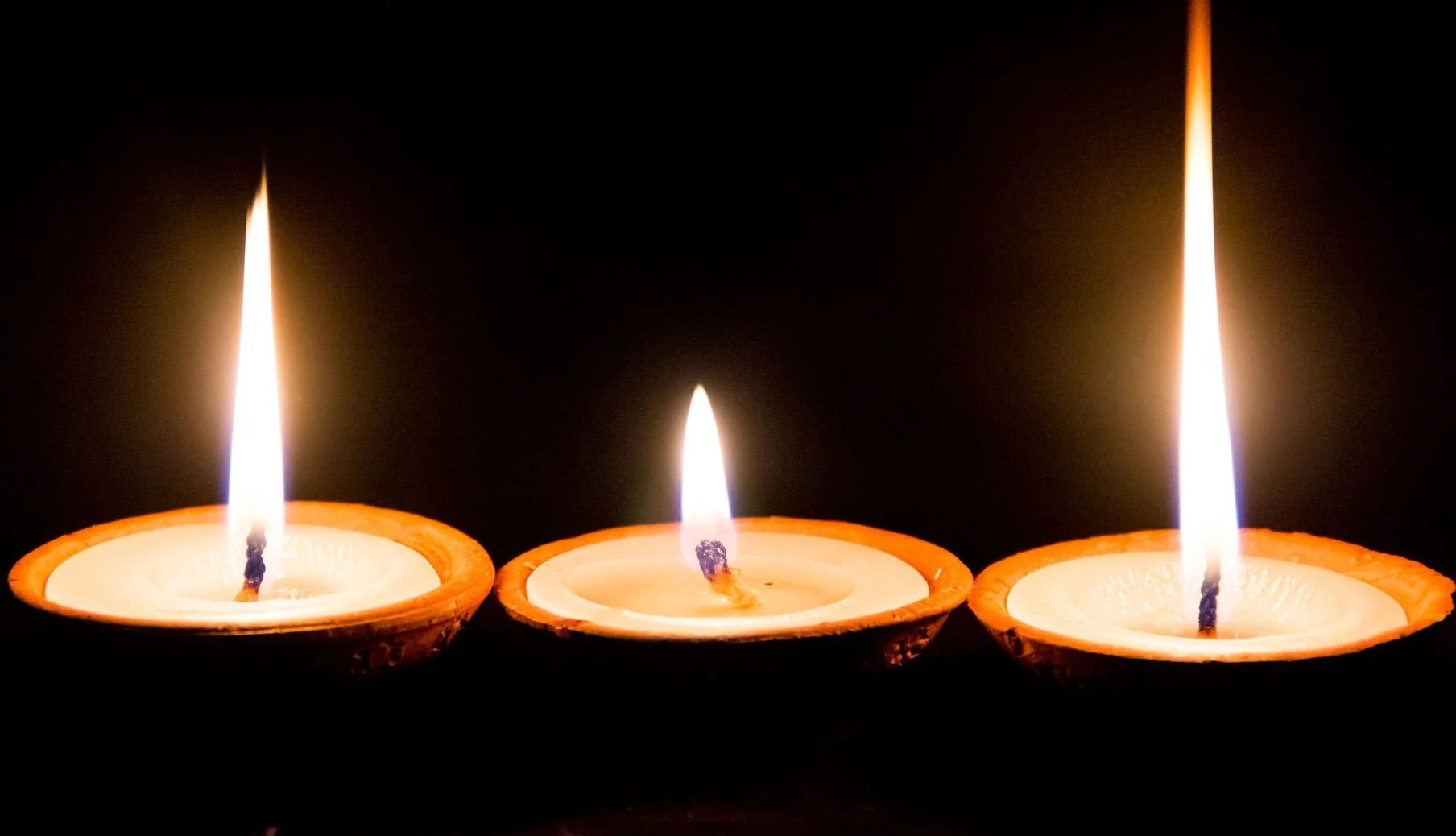Balance & Bliss Blog

Ayurveda Skin Care
Ayurveda teaches that your skin type is determined by the qualities of your original doshic design. These qualities are uniquely responsive to your stage of life, environmental conditions, dietary habits, skin regimens and the passing of time. According to Ayurveda, it’s best to know your doshic tendencies to determine your optimal skin care regimen…

Ayurveda’s Concept of Perfect Health – Svastha
When we are in our natural state of being and are supporting that original doshic combination (prakriti), we experience true health and wellbeing, which is svastha. Regardless of our current doshic state (vikriti) it is possible to get closer to our prakriti, where we are most harmonious, when following a conscious path to greater health…

Prana – The Cosmic Thread that Connects Us
Sankhya philosophy(1) explains that in order to understand existence, one must consider the origin of the universe from a physical perspective. The twenty-four principles of manifestation in the system of Sankhya represent a progressive framework of evolving consciousness into matter; from the most subtle to…

The Unified Field of the Body, Mind & Spirit
“Body, Mind and Spirit” is a common phrase used to express the inherent unity between these different aspects of being alive. Ayurveda, the Science of Life, teaches that the body, mind and spirit are intimately unified in a common field of experience and that we…

Ayurveda and Sleep
We all understand that sleep is an important factor for normal biological function. Ayurveda considers the quality and quantity of our sleep to be as essential to our health and well-being as our dietary habits. The right amount of restful sleep affords our bodies and…

Relaxation & Visualization
Relaxation is the process of releasing physical tension while creating mental calm. It is a restorative and rejuvenating process where all of your internal systems work at their most efficient rate. Relaxation is what is left when you stop “doing”. Spending time daily in relaxation…

Ayurveda and Children
The Ayurvedic concept of prakriti teaches that every child is born with their own individual characteristics, even within the same family. Their distinctive combination of doshas, based on their reason for being here (dharma), determined the physical structure and features, as well as the temperament and natural talents that are needed to fulfill their purpose…

Your Hatha Yoga Practice
When possible, practice at the same time and in the same place each day. Your body and mind will become familiar with the process and will expect and look forward to your practice. A short session every day is better than a longer one every…

Sequencing your Postures
It is important to develop yoga routines that work well for you and your lifestyle. Having a clear understanding of why you place yoga postures in a certain order, will help you to feel more comfortable in your practice at home. The given sequence is…

Ayurveda and Your Ideal Weight
The Ayurvedic basis to achieving and maintaining your ideal weight is centered on the recognition of your original combination of the doshas and how they change according to your current circumstances. When you understand your unique physical and mental predispositions, along with the way that you are personally impacted by the rhythms of nature and the details of your day, you can make appropriate decisions that will lead to balanced weight…

Hatha Yoga
Hatha Yoga is a practice of self-care and a system of self-exploration, that originated in India thousands of years ago, developed to return one to their natural state of balance and bliss. The word hatha means “sun/moon or a balanced force” and yoga means “to…

Dravyaguna – Ayurveda and Herbs
Dravyaguna gives us extensive classifications concerning the unique properties and use of herbs, based on the herb’s taste and actions. The term Dravyaguna is used in Ayurveda to describe the energetic classification and understanding of herbs, as it is focuses on the expression of consciousness through the herb’s apparent attributes…

Paths of Yoga
Yoga literally means “union”, “joining” or “to yoke”. This ancient system involves disciplines that unite the body, mind and spirit. The broad tradition of yoga is divided into four main paths, each having its unique function and approach. Though the characteristics vary, the different paths…

The Sweet Sound of Om
The Sacred Syllable and Symbol of the Divine In the Beginning There Was Om Though scholars have different ideas about its origin and meaning, the sacred syllable, Om (Aum or Pranava), is known to the sages of India as the oldest mantra or “sound of…

Ayurveda and Yoga – Sister Sciences
Ayurveda and Yoga share the same Vedic roots yet offer different paths to the common goal of self-understanding and ultimately merging with pure consciousness. Both Ayurveda and Yoga originated as a means to end all suffering, presenting an approach to life that is in harmony…

Ayurvedic Guidelines for Good Digestion
Ayurveda suggests, not only proper food choices for efficient digestion and quality nutrition, but equally important is proper eating habits. The way that you eat determines if your carefully chosen foods and food combinations will turn into ama (toxins) or ojas (essence of life). Following…

Dincharya
Dinacharya is a Sanskrit term referring to the daily practice or routine founded on Ayurvedic principles. In Sanskrit, ‘din’ means day or daily and ‘charya’ can mean activity, behavior, conduct, practice, performance, custom or routine. In respect to dinacharya, ‘acharya’ refers to following the inherent…

Creating Balance in the Vata Season
According to Ayurveda, the vata season begins in the fall, bringing shorter days and changeable weather, and carries on through the early part of winter. The vata season exposes us to qualities that are light, dry, cold, mobile, subtle and rough. Ayurveda explains that when…

Ayurvedic Physical Activity– A Matter of Balance
The fundamental Ayurvedic principals of like increases like and opposites create balance dictate that you choose the type, intensity and duration of the physical exercise you do, according to your individual Doshic makeup and the current Doshic influences in your life.

Vyayama
Vyayama, or physical exercise, is an essential component of Ayurveda’s system of preventative health care, rejuvenation and longevity. The ancient Ayurvedic texts describe Vyayama as the movements and body postures designed to stabilize and strengthen your body. Ayurveda suggests that a daily routine of proper…


